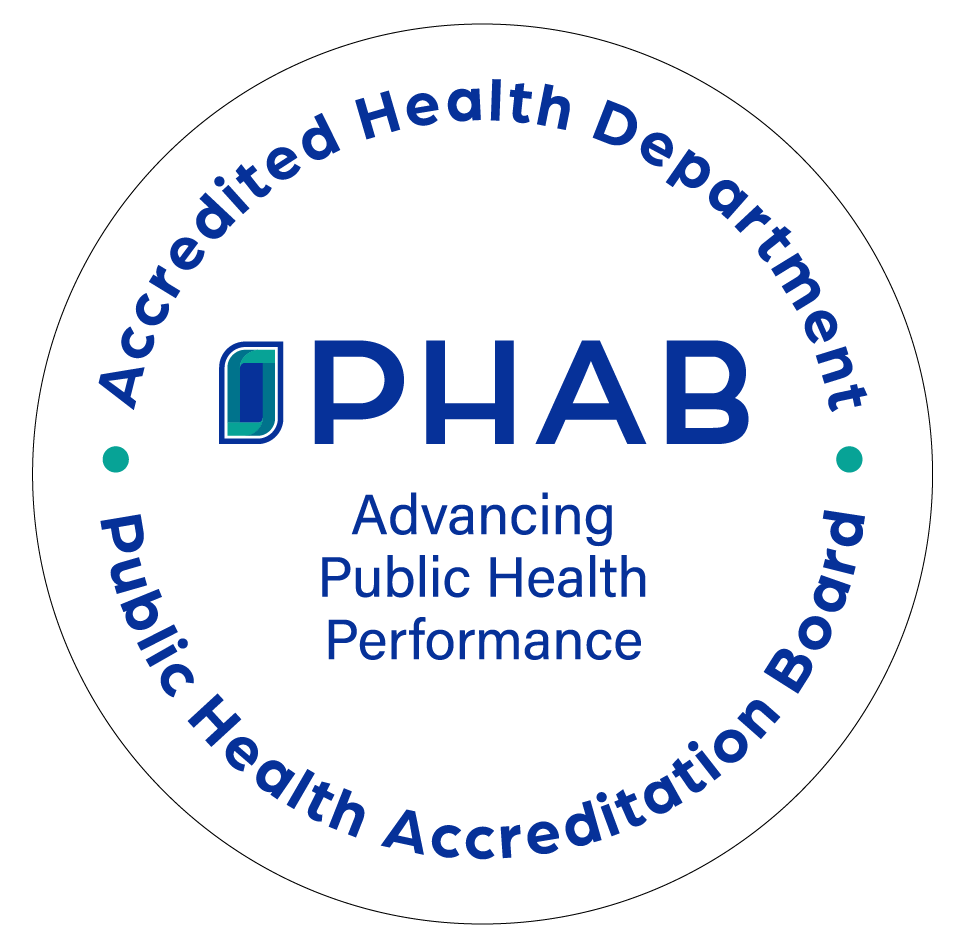The goal of the Medina County Health Department Rabies Prevention Program is to protect the public from the threat of Rabies. Rabies is a serious disease that affects animals and humans and can result in death if left untreated. It is commonly associated with wild animals such as raccoons, skunk, bats, foxes and coyotes.
The disease can spread to people and pets when the saliva from a rabid animal enters the body by way of a bite or a scratch, or through contact with the eyes, nose or mouth.
Rabies is very preventable. MCHD program services and activities are carried out in an effort to minimize human exposure to the disease. We strive to educate our communities on the importance of vaccinating our pets, avoiding contact with wildlife and strays, and reporting all animal bite and exposure incidents to our office.
What we do:
- Respond to reported animal bites and potential rabies exposures
- Obtain pertinent health and vaccination information on the biting animal and verify that the required quarantine is administered
- Work closely with local animal control officers to investigate reported bites and to address issues involved stray, feral or wild animals
- Maintain a working relationship with the local veterinary industry
- Encourage the public to not feed wild animals, approach wildlife or pick up injured animals while outdoors
Animal Bite and Exposure Incident Investigations:
- State and local regulations require that all animal bites, scratches and rabies exposure incidents be reported to the local health department within a 24-hour period. Please note that our office is not concerned with breed and will never take a pet from its home.
- To report a bite or exposure incident, please complete and return the Animal Bite Report to our office via fax: 330-723-9650 or email: rabies@medinahealth.org.
- For stray animals, wild animals, and other animals with unknown vaccination status, the bite victim should contact their Primary Care Physician to determine if post-exposure prophylaxis (rabies vaccine) is recommended.
- If your pet was in contact with a wild or stray animal, you should contact your veterinarian for further guidance.
- Pets (dogs, cats, ferrets) involved in a biting incident will be required to complete a 10-day quarantine and the animal owner must provide proof of a current rabies vaccination. A letter explaining this will be sent to the animal owner, along with a form the animal owner must return to our office upon completion of quarantine.
- For quarantine, the animal does not need to be taken to a shelter, etc. The animal can remain at home as long as it is closely monitored, prohibited from running loose, and does not come into contact with any other pets or wild animals.
- Upon completion of the 10-day quarantine period, animals that were not currently vaccinated against rabies at the time of the bite or exposure must obtain a current rabies vaccination from a licensed doctor of veterinary medicine. An animal is not released from quarantine until proof of current rabies vaccine is provided to our office.
- At the end of the quarantine period, the animal owner must return above-mentioned form to our office, providing the required information to release the animal from quarantine.
For more information on Rabies, feel free to Contact Us or visit the Ohio Department of Health website.
The Medina County Health Department collaborates with USDA on enhanced raccoon surveillance activities. Mammals, raccoons, skunk, and foxes without human or pet exposures are tested by USDA for Rabies.
Bats and Rabies
Most of the recent human rabies cases in the United States have been caused by rabies virus from bats. Awareness of the facts about bats and rabies can help people protect themselves, their families, and their pets. This information may also help clear up misunderstandings about bats.
When people think about bats, they often imagine things that are not true. Bats are not blind. They are neither rodents nor birds. They will not suck your blood and most do not have rabies. Bats play key roles in ecosystems around the globe, from rain forests to deserts, especially by eating insects, including agricultural pests. The best protection we can offer these unique mammals is to learn more about their habits and recognize the value of living safely with them.



